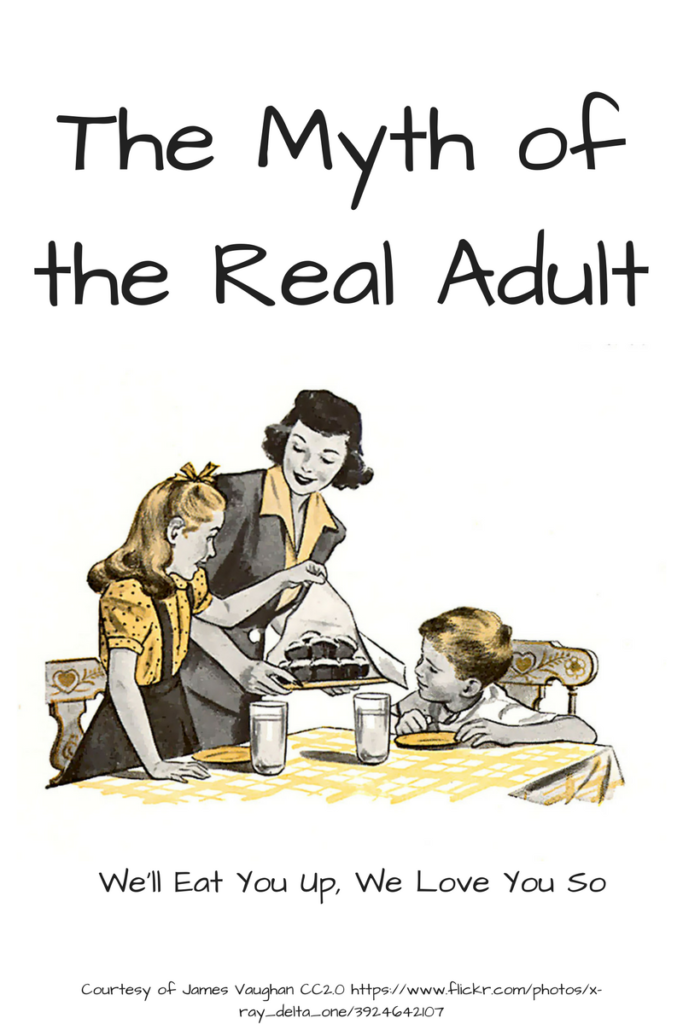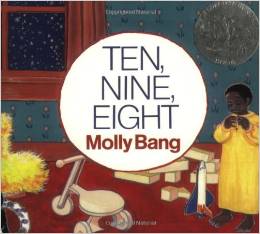
Reading all of the wonderful stories of women being shared for Women’s History inspired me to think about the women who have influenced me. I realized that they fell into three categories – women I personally know, women (and girls) in pop culture, and historical or cultural women in advocacy. This week, I’m going highlight my female role-models and hope you find someone to be inspired by!
Today I’m focusing on female role models in pop culture, particularly action adventure and SF. In addition to being my favorite genres, they also have a historic under-representation of women, especially when compared to movies, TV shows, or books with a romantic or historical focus. Unfortunately, most women in these genres are either “The Girl” in a group made up of all men or Strong Female Characters who are physically capable but over-sexualized and emotionally flat. While the characters I describe are far from unproblematic – both if they were real people and in how their works choose to portray them – I find them to have a number of traits worth emulating.
Princess Elizabeth, The Paperbag Princess: One of the first children’s stories to subvert the traditional “Prince rescues Princess” plots, Princess Elizabeth was probably my first fictional feminist hero. After a dragon burns her clothes and kidnaps her betrothed, Princess Elizabeth sets off to rescue him. After she beats the dragon, she finds out her “practically perfect” fiancé tells her to come back when “she looks more like a princess.” Declaring him a bum, she leaves him in the dragon’s cave alone and skips off to pursue her own destiny. I love how even though she anticipated being a “normal” princess, she does what needs to be done when people are in danger. She also uses her wits to defend the dragon and of course, won’t stand for the Prince’s shallow crap. Too bad Sansa from Song of Fire and Ice didn’t read this book before moving to the castle. (Despite my previous hesitancy, I’m totally on a Game of Thrones kick now.)
Anna in Frozen: In many ways, Frozen is an update of the Paper Bag Princess, with Elsa both acting as the dragon putting others in danger and the prince to be rescued. While it’s an obvious one for the list, it’s important to highlight how Disney has finally given us a female protagonist who is brave, compassionate, smart, self-motivated and deeply flawed. The movie wouldn’t have been nearly as powerful if it didn’t show both Anna and Elsa making bad decisions in their process of recovering from a life-long traumatic situation. While Elsa is such an important symbol for so many people – especially through Let It Go – Anna is a better role model once she’s gotten past the “next day wedding” idea. She’s far more willing to ask for and appreciate help when needed, be emotionally open, and tackle problems rather than hide from them. Although I think these two are the best, other good Disney heroines include Belle (her smarts and compassion), Lilo (her adventurousness and willingness to love outsiders), Rapunzel (her ability to break off an abusive relationship) and Tiana (her independence and passion for her work).
Agent Peggy Carter in Agent Carter and Captain America: I love Peggy Carter and totally want to be her super-spy friend. Unfortunately for me, she’s a fictional character who had her heyday in the post-WW II era. Nonetheless, I definitely appreciate how Marvel took a character who have easily been written off as “the girlfriend” in a superhero movie and showed how she is a badass in her own right. She stands up for herself against historically accurate sexism, outsmarts her co-workers and the bad guys, and is willing to support other women. While she first pushes people away from her to protect them, she comes around and realizes that while she wants to save people, she needs relationships too. From a visual perspective, I like how she has a very straight-forward fighting style, similar to the men surrounding her. While she’s more flexible and a little quicker than them, she doesn’t have the gravity-defying acrobatic style that many women in action-adventure movies do. It shows that you can be as physically tough as a man without being superhuman.
Clara Oswald in Doctor Who: Clara has come under a lot of criticism from Doctor Who fans for being a bit flat and boring during her first season. While the show’s portrayal of her definitely had its problems, her character actually had a lot of subtlety from the beginning. Since then, she’s only gotten much deeper. She’s a control freak overachiever who just wants to help people – the grown-up version of the fairy-tale heroine who always saves the day. And on the show, she frequently does, often through the dual powers of cleverness and compassion. In fact, she even saved it once through a story and a leaf alone. Needless to say, Clara is a woman after my own heart. What I relate to the most is that saving the world isn’t even her day job – she’s constantly trying to balance her travels with being a full-time teacher in an inner-city school. She wants to do good so badly that it exhausts her. Besides depicting this struggle for balance, the show has also used her to poke at the question, “What does it mean to be a good person and a hero?” Her desire to have things be “right” sometimes drives her to despair and other times has lead to drastic abuses of power. So often, shows and books tell us that the people who fight the bad guys are obviously both heroes and automatically good people. I love that Clara tries so hard to be good and is so morally complex in her quest to be so. (Lots more analysis on Clara is available in this TARDIS Eruditorum post and the author’s Tumblr.)
This is by no means an exhaustive list. I know that the female characters in Avatar the Last Airbender are supposed to be excellent, but I haven’t gotten around to watching it yet.
In addition to these laudable characters, a number of shows and movies have complex but far more morally ambiguous characters including Kima Greggs on the Wire; Catelyn Tully Stark, Arya Stark, and Daenerys Targaryen in A Song of Fire and Ice / Game of Thrones; President Laura Roslin, Starbuck, and Anastasia Dualla (Dee) in Battlestar Galactica; Black Widow in the Avengers and Captain America; Evey in V for Vendetta; and Micah Wilkins in Liar. As women come in all shapes, sizes and moralities, I appreciate this diversity.
Who are your favorite female role models in film, literature, and TV, especially in action-adventure and SF?
![]()





